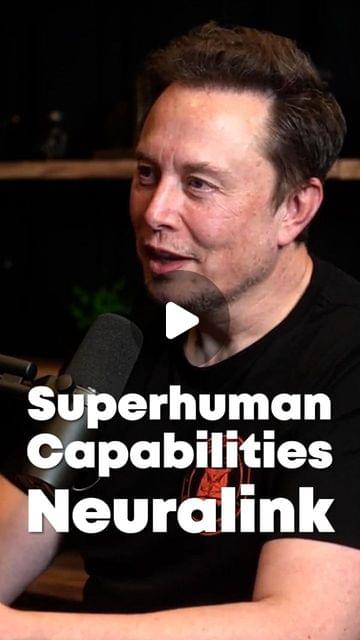Physicists finally know whether black holes destroy the information contained in infalling matter. The problem is that the answer hasn’t lit the way to a new understanding of space-time.


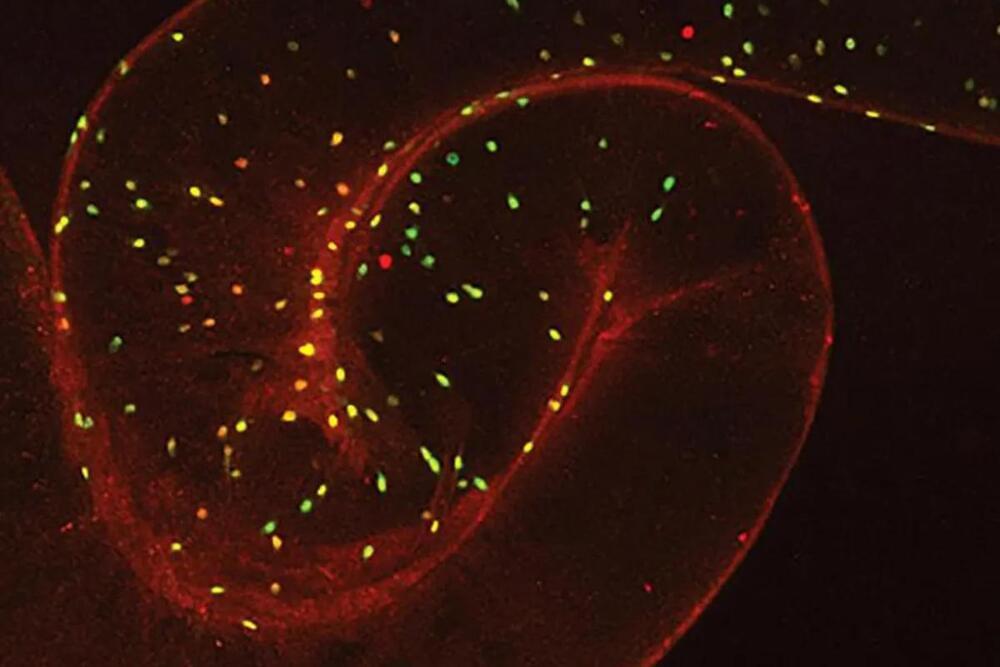
The gut-brain axis has long been a subject of interest in lifespan research, and GLP-1 agonists, already used in the treatment of obesity and diabetes, are showing promise in the field of healthspan therapeutics.
New research on gut-to-brain signaling uncovers potential links between gut hormones like GLP-1 and longevity.
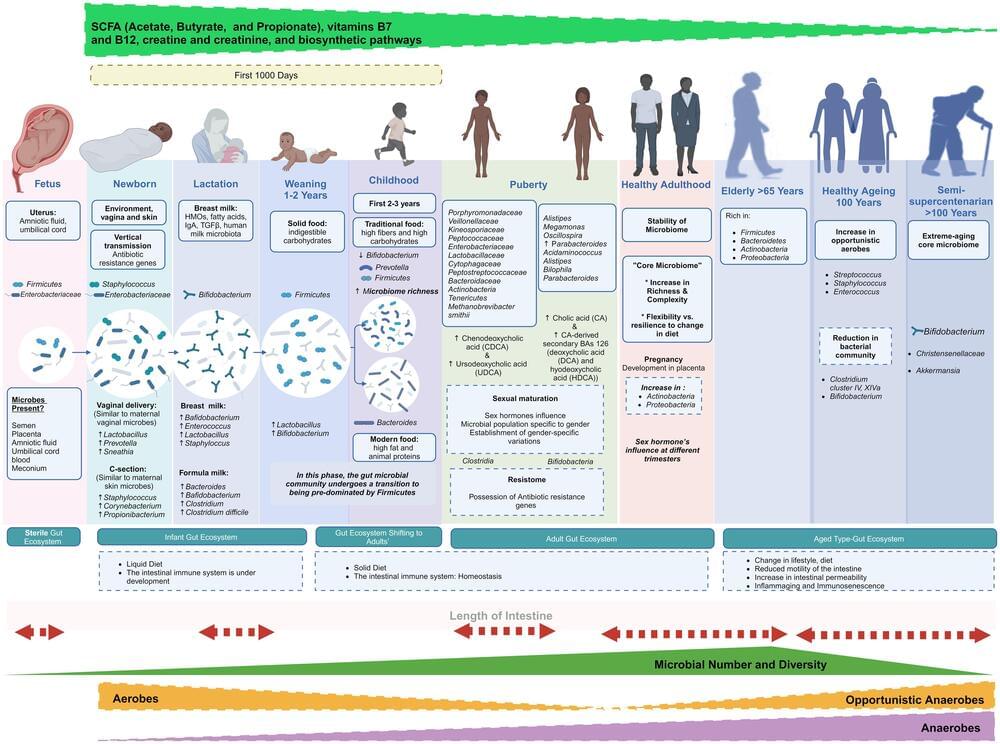
Intestinal stem cells play an important role in maintaining intestinal homeostasis and repairing damaged epithelial tissue. These cells function in a regenerative manner to generate new tissue throughout the growth phase and repair damaged tissue during the aging process.101 The interactions between the gut microbiome and intestinal stem cells are crucial because, if this interaction is comprehended, it may be possible to address various disorders that require stem cell therapy, heal wounds, and improve the durability of organ transplants.101 A recent study showed a connection between hematopoietic stem cells and the microbiome through altering metabolic stress.66 Therefore, the microbiota is crucial for maintaining microbial homeostasis, regulating metabolism, and the innate and adaptive immune systems.101 Furthermore, the study reveals that compositional alterations in the gut microbiome driven by dysbiosis are related to stem cell aging, metabolic dysregulations, stem cells’ epigenetic instability, and abnormal immune system activation.66
In the field of anti-aging, stem cells are regarded to have great potential. In numerous organs, it has been demonstrated that as we age, stem cells lose their capacity for self-renewal and differentiation and run out of resources.89 The emergence of anti-aging medications should address the dysregulation caused by aging that affects stem cells’ capacity for differentiation and self-renewal by re-regulating intrinsic and extrinsic variables. The host microbiome, hormones, local immune system, systemic inflammation, and niche structure are just a few examples of microenvironmental and systemic factors that influence stem cell aging.66
Endogenous ethanol is a class of microbiological metabolites. Proteobacteria, including E. coli and other Enterobacteriaceae, produce ethanol with bacterial origins. High endogenous ethanol levels in the human hippocampus inhibit proliferating stem cells and reduce progenitor and stem cells.102 Additionally, when more ethanol accumulates in the gut, it enhances the permeability of the gut by disrupting epithelial tight junctions, particularly zonula occludens. This enables the movement of pathogenic microbes, their endotoxins, and ethanol across the epithelial layer, causing more immediate and adverse effects on tissues. As a result, the stem cell reserve depletes, hastening the aging process and compensating for damaged tissues.103

Fascinating as this may sound, not all dreams serve as gateways to parallel timelines. Whether dreams return is key here. “Recurring dreams, especially those with vivid and consistent scenarios, might suggest deeper connections to other realities,” Leong claims. On the other hand, dreams tied to personal experiences often feel disjointed, with distorted time. The most surreal and incomprehensible dreams are likely the subconscious processing your life here on Earth, he says. But, if it feels like you’re visiting the dream rather than imagining it—like a play with a beginning, middle, and end—you probably are visiting this other world, under Leong’s hypothesis.
Leong also hints that strong emotions in persistent dreams could offer cosmic clues—signals of how another version of you is experiencing life in a parallel world. “Say you have a repetitive dream of being stuck in high school,” he suggests. “While it may reflect unresolved psychological themes, such as feelings of stagnation or anxiety about personal growth, it could also indicate that in another reality, you are still in high school, dealing with the same challenges your waking self has moved beyond.” This emotional resonance—like the frustration of being stuck—could ripple across dimensions, creating a feedback loop between your conscious mind here and one of your alter egos elsewhere.
YET, AS CAPTIVATING AS THIS HYPOTHESIS MIGHT BE, it runs into a significant problem: there’s no empirical evidence to back it up. Quantum phenomena, such as entanglement and nonlocality, challenge our traditional views on time and space. Yet, no scientific studies conclusively support the idea that dreams are portals to other worlds. Mainstream neuroscience and cognitive science, on the other hand, find this hypothesis heretical—if not downright unscientific.
ROBOT ACHIEVEMENT DAY! 🤖😁 https://finance.yahoo.com/news/kepler-debuts-forerunner-k2-h…00317.html
SHANGHAI, Oct. 21, 2024 /PRNewswire/ — Shanghai Kepler Robotics Co., Ltd. (“Kepler Humanoid Robot”) has recently launched its full-sized, general-purpose humanoid robot, the Forerunner K2, at GITEX GLOBAL 2024, which began on October 14.
Kepler Humanoid Robot is dedicated to transforming productivity through cutting-edge technology and delivering industry-leading, high-IQ blue-collar humanoid robots. Hu Debo, CEO of Kepler Humanoid Robot, said, “The Forerunner K2 represents the Gen 5.0 robot model, showcasing a seamless integration of the humanoid robot’s cerebral, cerebellar, and high-load body functions. At Kepler, we understand that innovation is driven by application. That’s why we prioritize deep integration of customer needs, solutions, and product development. From the outset, we have forged close collaborations with key customers, jointly formulating commercialization strategies and working alongside industry stakeholders to accelerate the deployment of humanoid robots.”


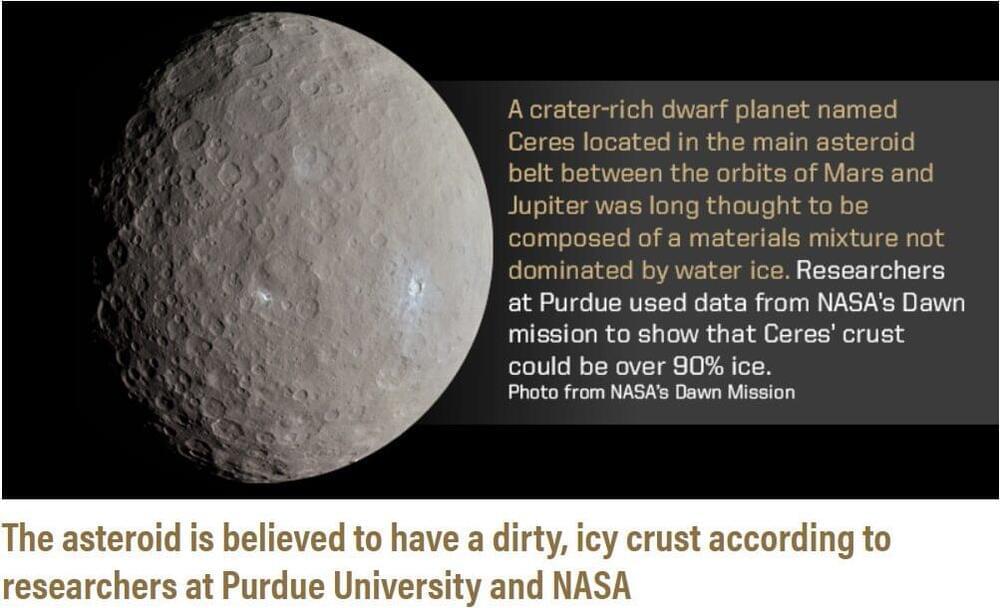
Since the first sighting of the first-discovered and largest asteroid in our solar system was made in 1801 by Giuseppe Piazzi, astronomers and planetary scientists have pondered the make-up of this asteroid/dwarf planet. Its heavily battered and dimpled surface is covered in impact craters. Scientists have long argued that visible craters on the surface meant that Ceres could not be very icy.
Researchers at Purdue University and the NASA’s Jet Propulsion Lab (JPL) now believe Ceres is a very icy object that possibly was once a muddy ocean world. This discovery that Ceres has a dirty ice crust is led by Ian Pamerleau, Ph.D. student, and Mike Sori, assistant professor in Purdue’s Department of Earth, Atmospheric, and Planetary Sciences who published their findings in Nature Astronomy. The duo along with Jennifer Scully, research scientist with JPL, used computer simulations of how craters on Ceres deform over billions of years.
“We think that there’s lots of water-ice near Ceres surface, and that it gets gradually less icy as you go deeper and deeper,” Sori said. “People used to think that if Ceres was very icy, the craters would deform quickly over time, like glaciers flowing on Earth, or like gooey flowing honey. However, we’ve shown through our simulations that ice can be much stronger in conditions on Ceres than previously predicted if you mix in just a little bit of solid rock.”
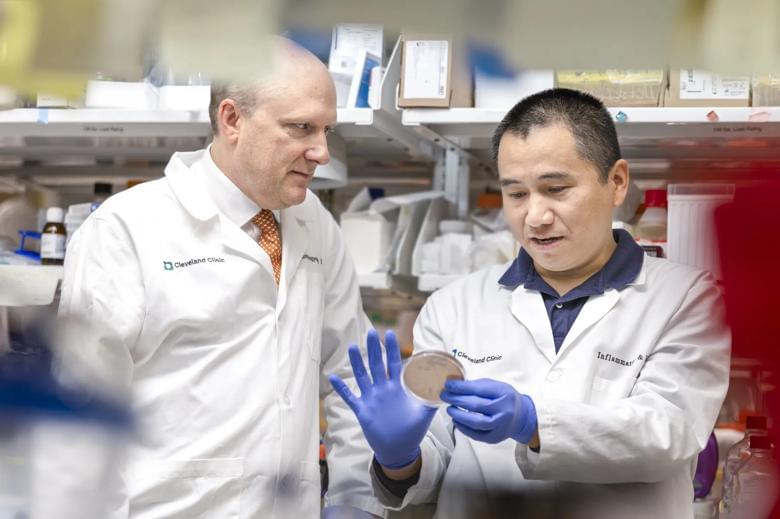
Cleveland Clinic researchers have discovered a new bacterium that weakens the immune system in the gut, potentially contributing to certain inflammatory and infectious gut diseases.
The team identified the bacterium, Tomasiella immunophila (T. immunophila), which plays a key role in breaking down a crucial immune component of the gut’s multi-faceted protective immune barrier.
Identifying this bacterium is the first step to developing new treatments for a variety of inflammatory and infectious gut diseases. These conditions, including inflammatory bowel disease, Crohn’s and ulcerative colitis, are associated with decreased levels of secretory immunoglobulin A (SIgA), an antibody that protects mucosal surfaces.
